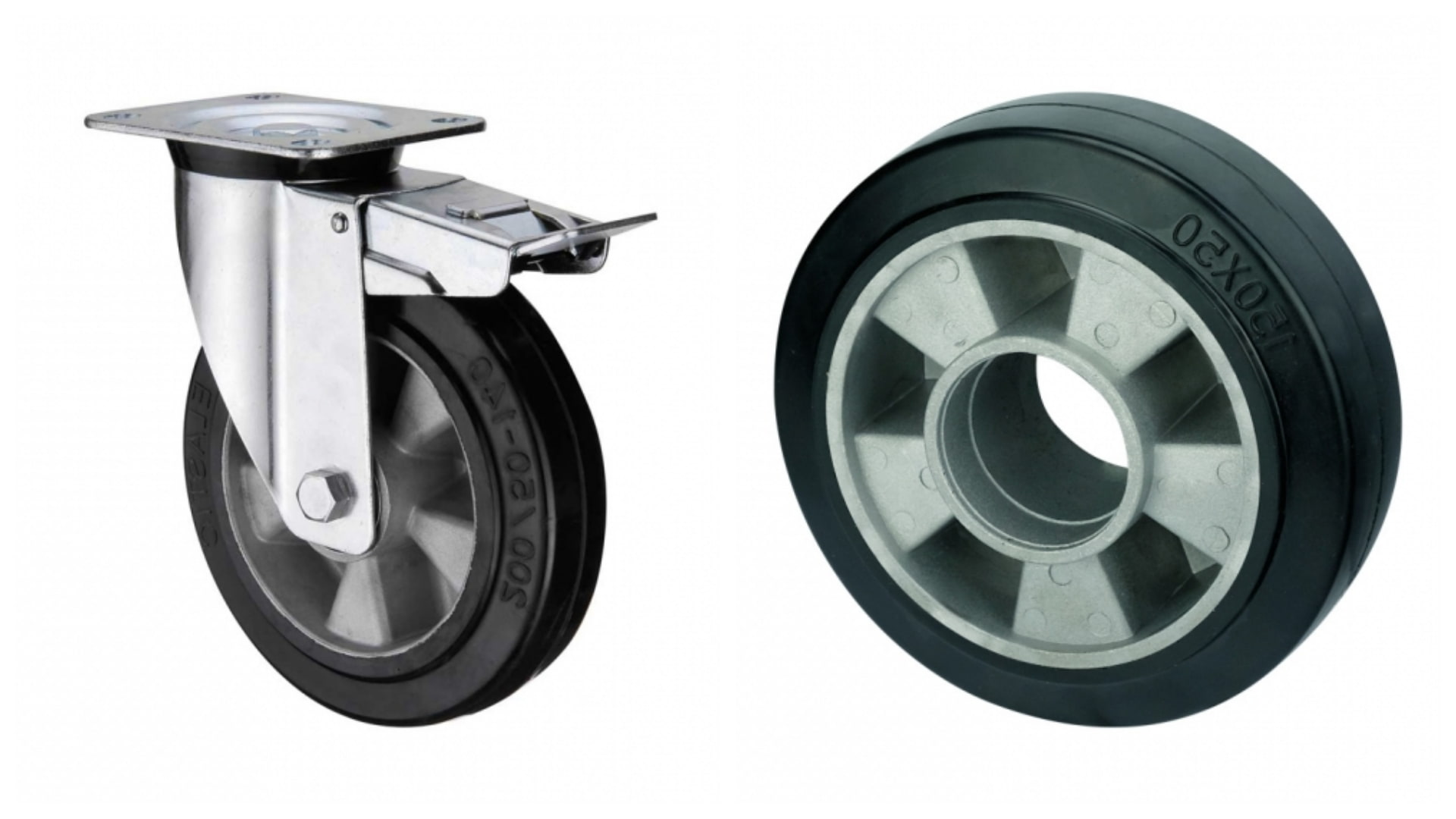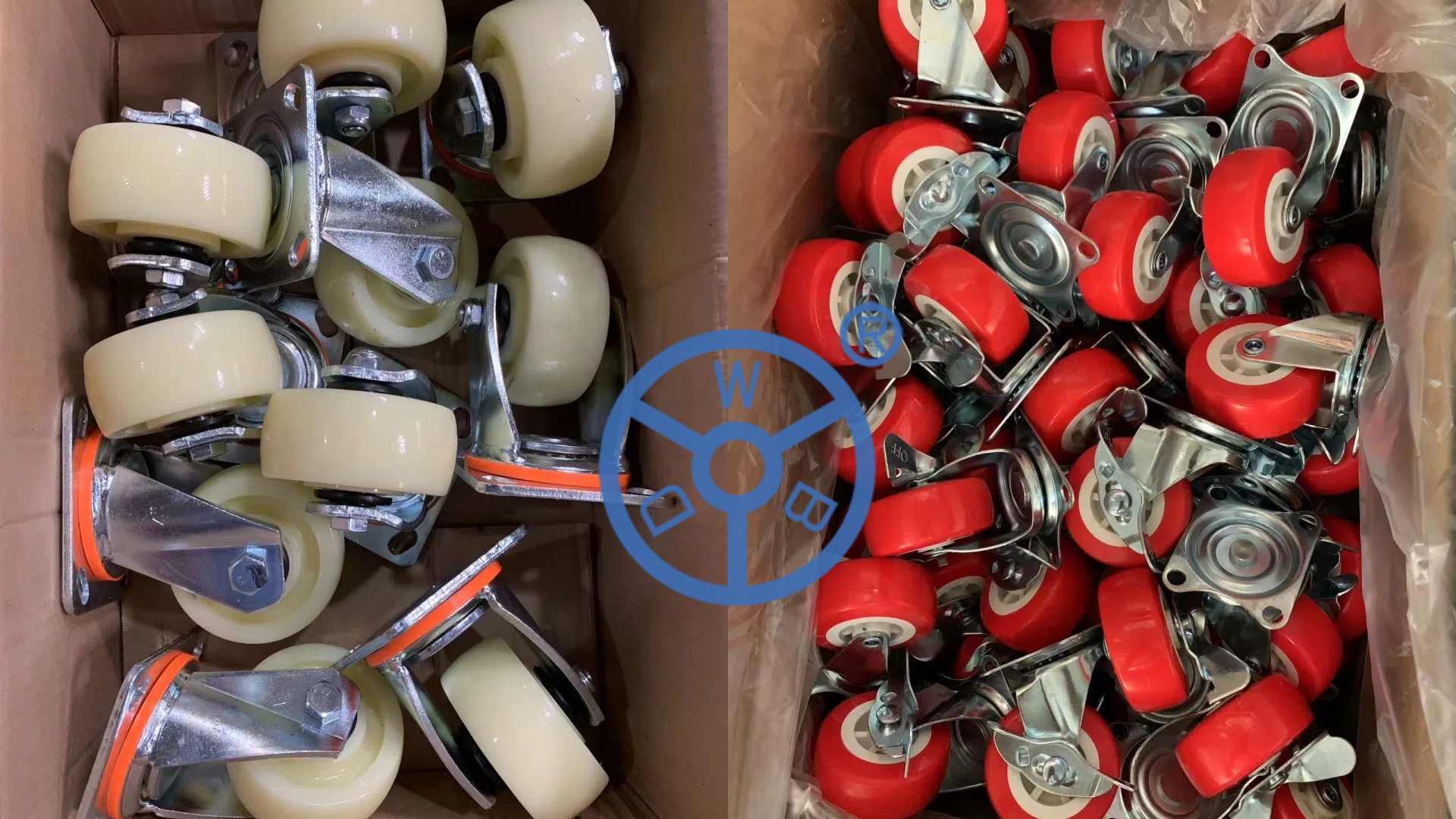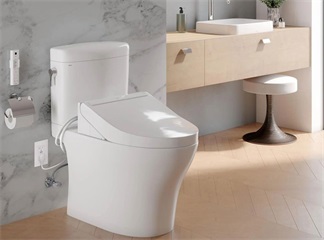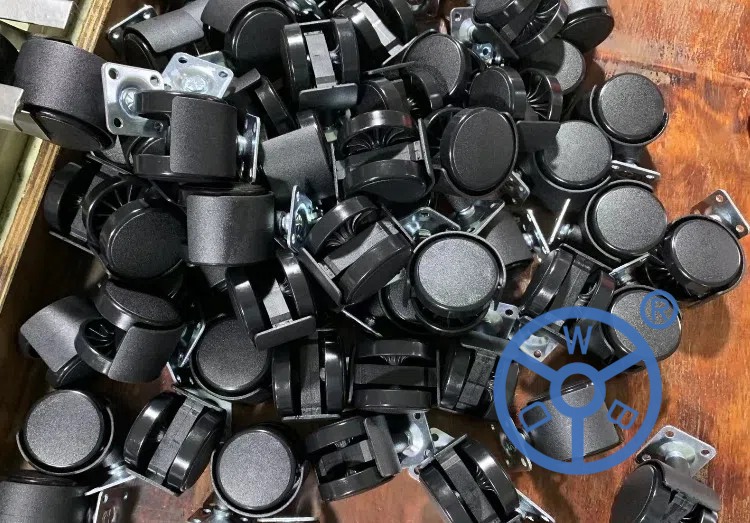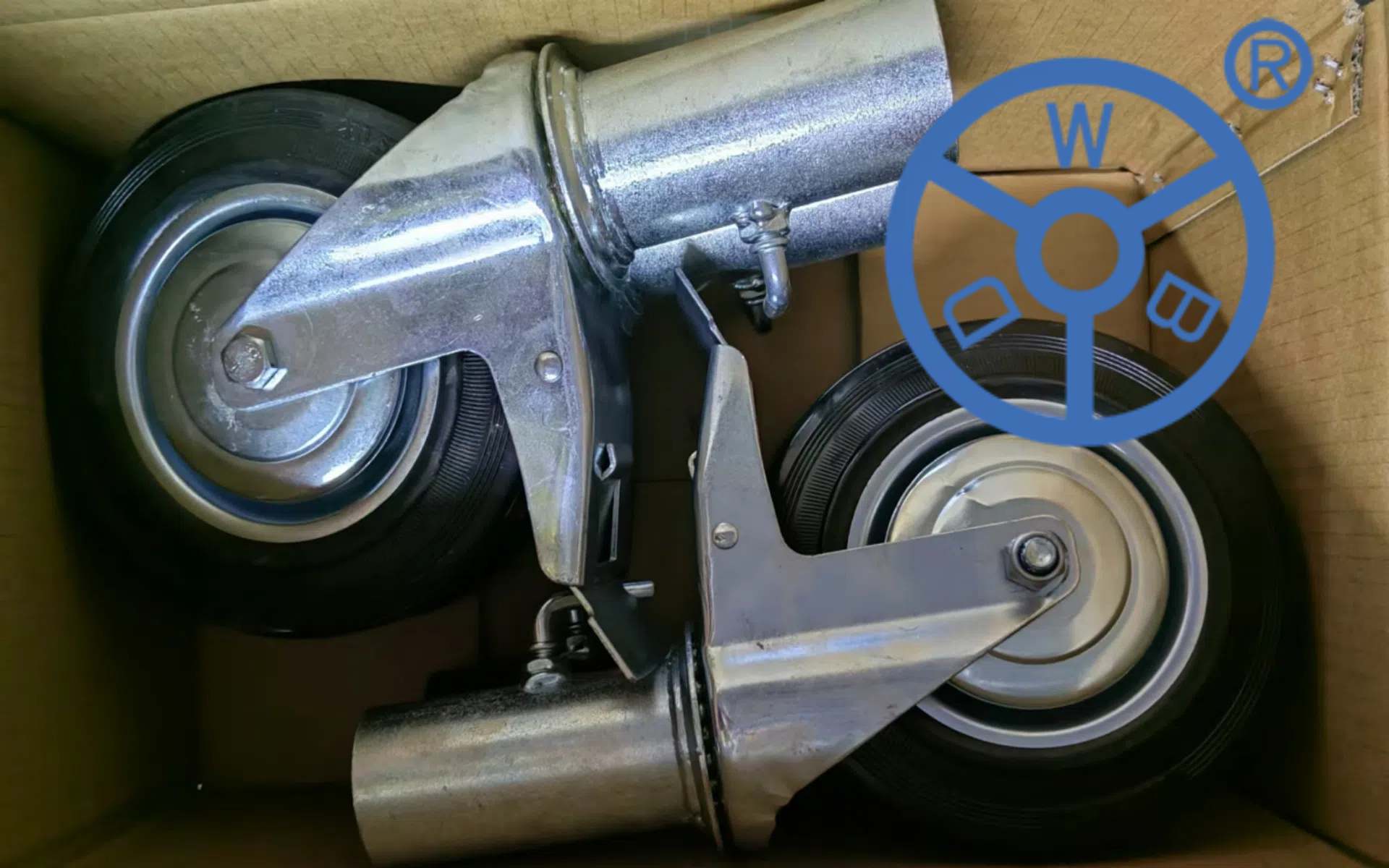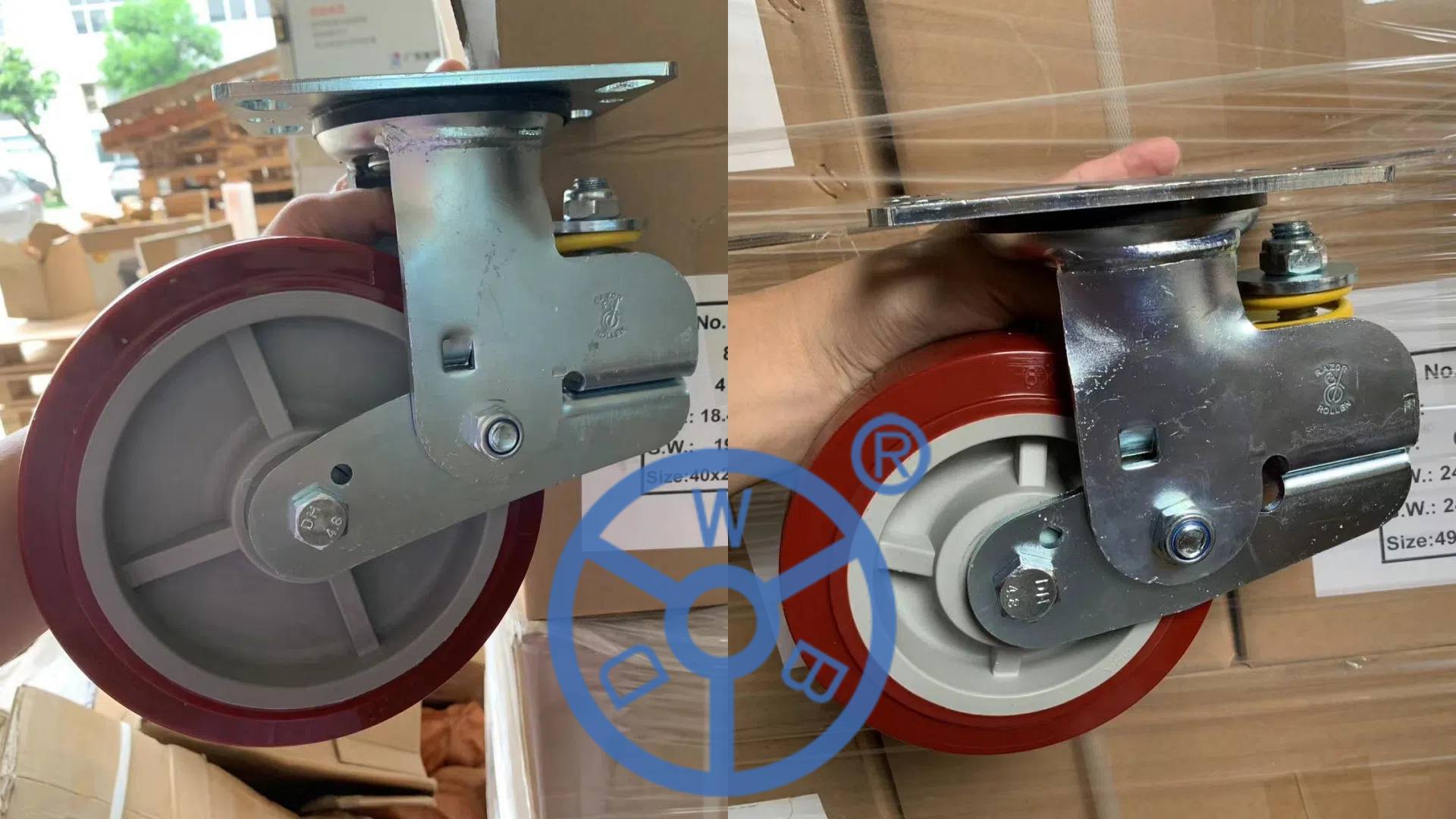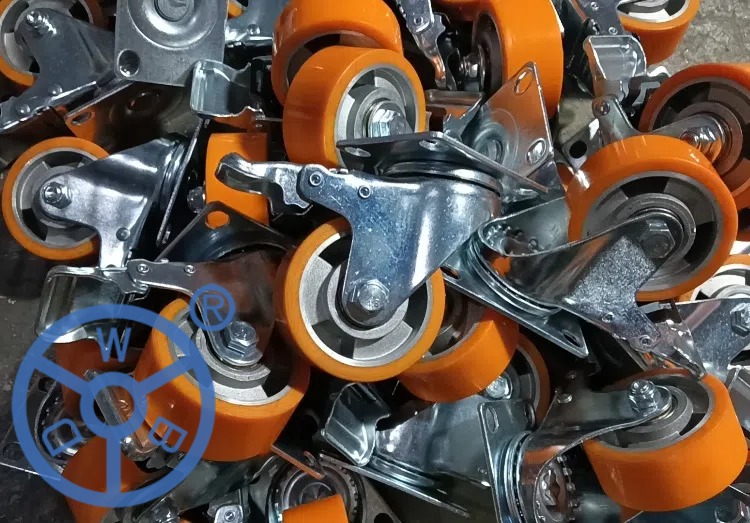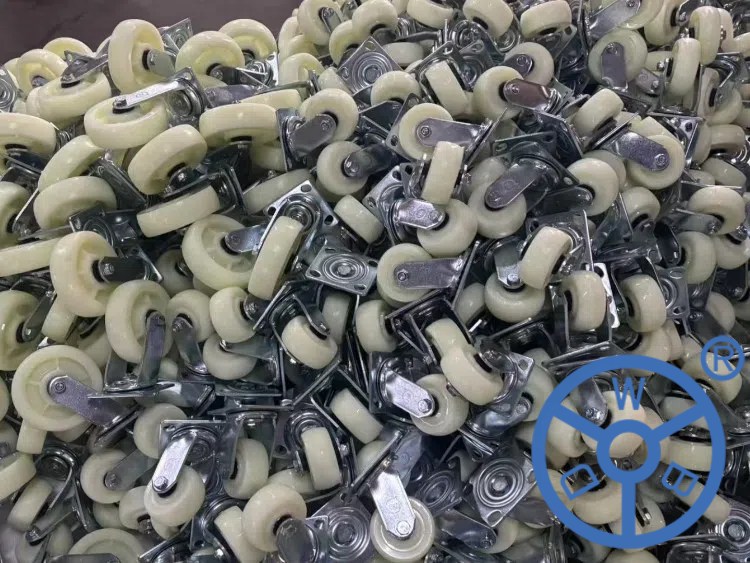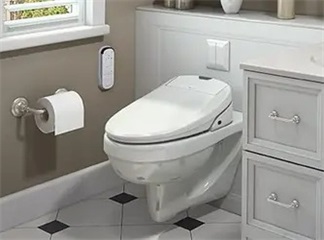Versatility of Industrial Caster
Industrial casters showcase remarkable versatility across a myriad of industrial industrial casters applications, offering indispensable mobility solutions that enhance efficiency, safety, and adaptability in diverse environments.
In heavy-duty manufacturing settings, industrial casters excel in transporting massive machinery and equipment with ease. Designed to withstand immense loads, these casters feature robust materials like forged steel frames and polyurethane or steel wheels, ensuring stability and durability even in the most demanding conditions. Whether it’s moving heavy machinery within a factory floor or navigating rough terrain in construction sites, industrial casters provide reliable mobility and support.
Material handling and logistics benefit immensely from the versatility of industrial casters. Integrated into carts, dollies, and pallet jacks, these casters facilitate the smooth movement of goods and materials throughout warehouses, distribution centers, and manufacturing facilities. Swivel casters enable precise steering, while rigid casters ensure straight-line tracking, allowing workers to navigate tight spaces and crowded aisles efficiently. Specialized caster designs minimize noise and vibration, protecting fragile goods during transportation.
Ergonomic workstations and assembly lines rely on industrial casters to enhance worker comfort and productivity. Casters with ergonomic features such as swivel locks and height adjustability allow operators to customize work surfaces and tool carts, promoting proper posture and minimizing strain during prolonged use. Additionally, caster-mounted tool trays and parts bins enhance accessibility, keeping essential tools and components within reach for efficient assembly processes.
Cleanroom facilities and healthcare settings demand stringent cleanliness standards, which industrial casters meet with specialized designs. Stainless steel casters with sealed bearings and smooth surfaces prevent the accumulation of dust, debris, and pathogens, maintaining sterile environments and preventing cross-contamination.
Overall, industrial casters demonstrate unparalleled versatility.
